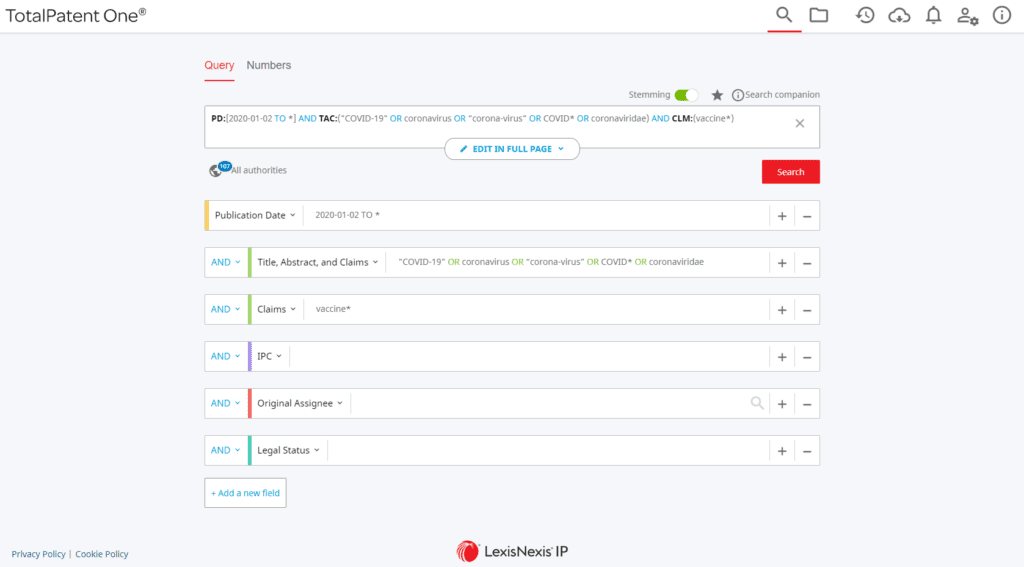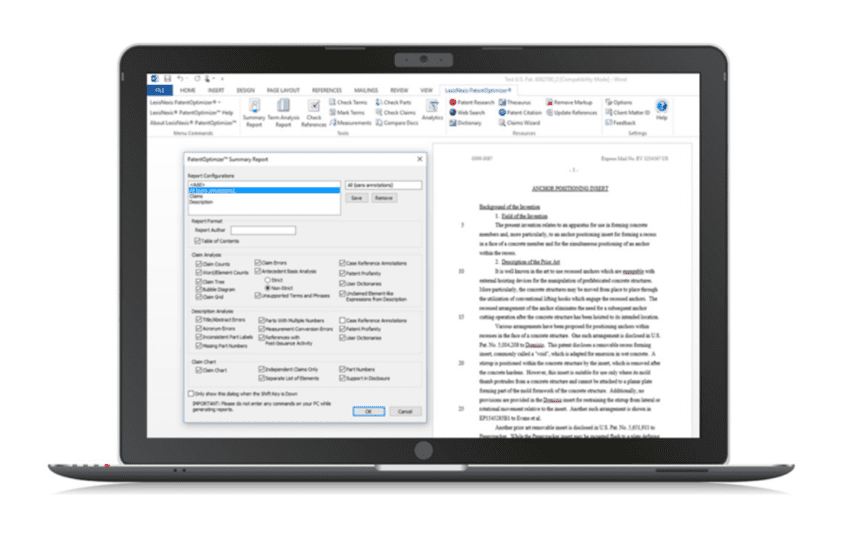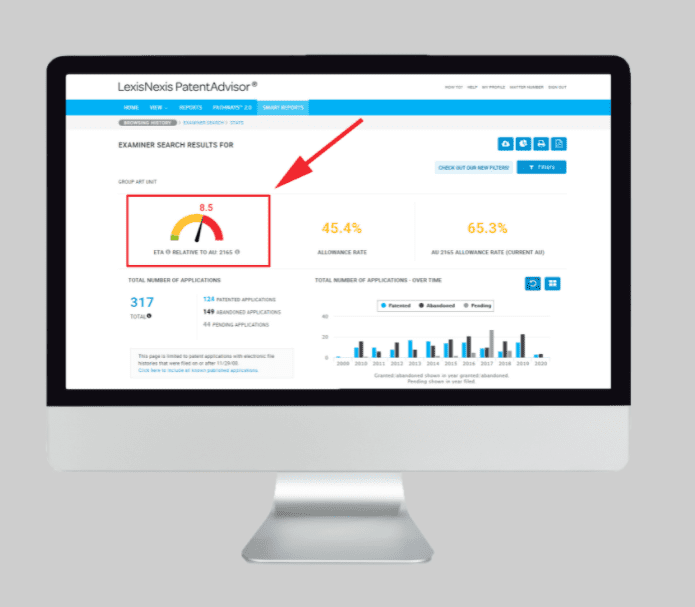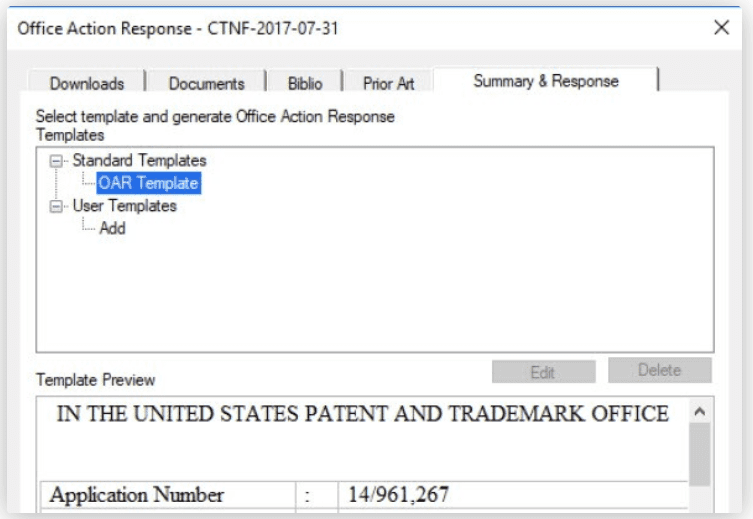4 Tips to Avoid or Handle Office Actions

Responding to an office action can cost patent applicants an average of $3,000. Naturally, both patent applicants and patent attorneys strive to avoid office actions whenever possible or, alternatively, handle them effectively and efficiently. LexisNexis® Intellectual Property has developed patent prosecution tools that can help prevent and overcome USPTO rejections and objections. Here are four tips for using LexisNexis IP products to your advantage.
1. Do your research
There is no need to sell patent professionals on the value of preliminary patentability searches. Patent searches help practitioners evaluate an invention’s novelty and non-obviousness before getting too deep into the patent process. Understanding the prior art references that could impact patentability is invaluable because it helps to manage client expectations, and it helps patent practitioners draft their patent applications to minimize the risk of rejection by a USPTO patent examiner. All said, the value that can be extracted from patent search results depends on the quality of the patent search. Search tools like the LexisNexis TotalPatent One® patent search platform enable quality patent searches by providing access to full-text patent records from global patent authorities, as well as intuitive user interfaces that help quickly identify on-point prior art references.

2. Review your applications
Thoroughly reviewing patent application drafts before submitting them to the USPTO helps catch errors and mistakes that can lead to office actions and delays in patent prosecution. However, thorough patent reviews can be quite expensive. After all, time is money, and reviewing patent drafts carefully for quality issues can be a slow and tedious process when done manually. Fortunately, the LexisNexis PatentOptimizer® patent drafting tool saves users both time and money by conducting patent draft evaluations with the click of a button. PatentOptimizer® reviews for common clerical and drafting issues, many substantive and procedural issues such as those relating to Section 112 written description and enablement requirements, proper labeling and descriptions of patent drawings and the use of consistent terminology patent sections.

3. Understand patent examiner variability (and be easy on yourself)
No matter how much care and attention patent practitioners give to the patent research and drafting phases of the patent process, it is important to remember that obstacles are sometimes unavoidable. One of the key insights arising from LexisNexis PatentAdvisor® patent analytics is that the “difficulty” of USPTO patent examiners can vary greatly from one patent examiner to the next. Understanding patent examiner variability means understanding that the course of prosecution depends greatly on the patent examiner assigned to evaluate the underlying patent application. Rather than feeling frustrated when an office action is issued, remember that obstacles are part of the journey, and that modern patent prosecution tools like PatentAdvisor™ can help develop strategies to overcome the challenges that are faced.

4. Leverage tested office action responses
Attorney work product is rarely developed from scratch, so why should responses to office actions be any different? After all, the USPTO database is full of patent file wrappers containing office actions that were successfully overcome. The odds are good that any rejection presented by your patent examiner has an analog in the USPTO archives that can be used to develop a successful response. The PatentOptimizer® Office Action Response (OAR) tool searches patent records to uncover instances where other patent applicants faced and overcame similar patent rejections. The OAR tool provides tried-and-tested counterarguments that can be easily incorporated into a user’s office action response.

A great scenario in patent prosecution is avoiding office actions. If that isn’t possible, and an office action is issued, it is best to handle it effectively and efficiently. LexisNexis Intellectual Property provides the tools that can help prevent or overcome USPTO rejections and objections.
Get quick, precise and reliable results with TotalPatent One.
See how to write high-quality applications with PatentOptimizer.
Bring more transparency and predictability to the prosecution process with PatentAdvisor.
